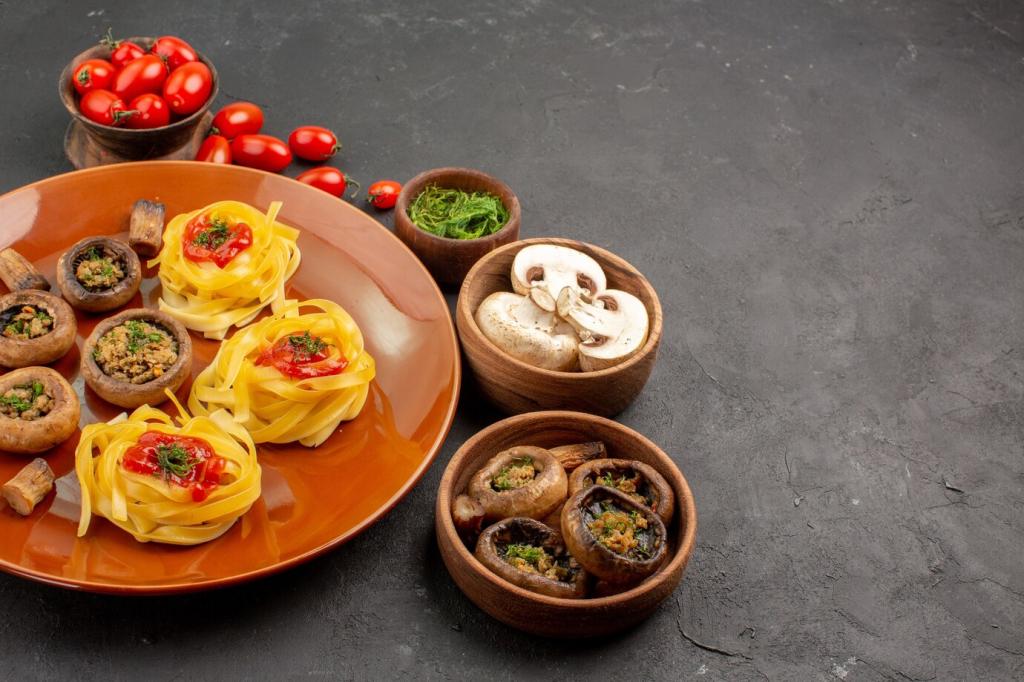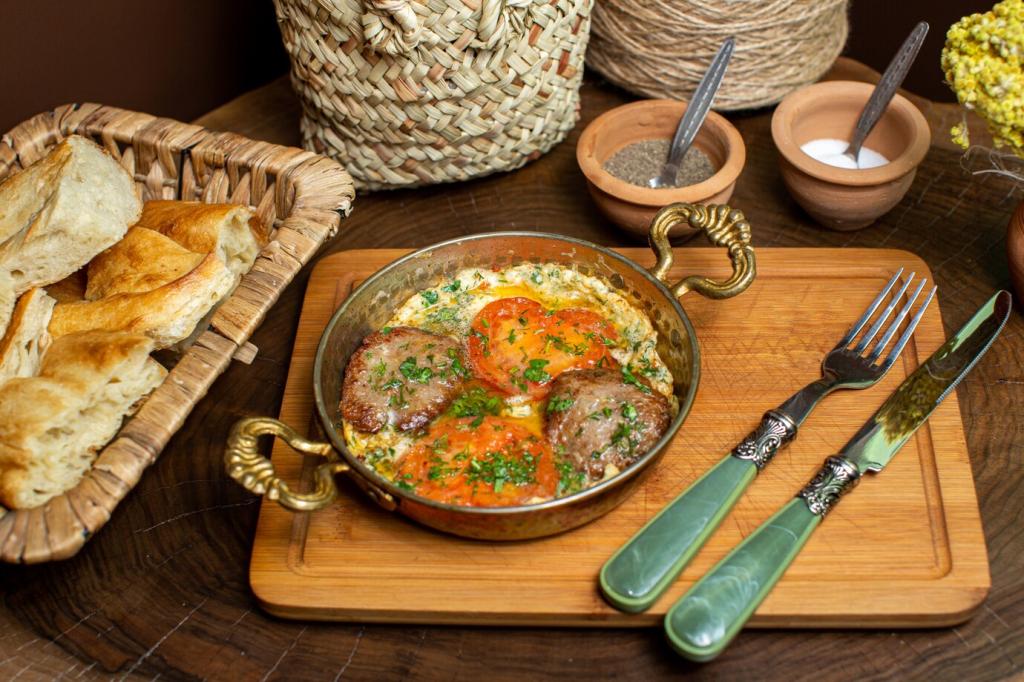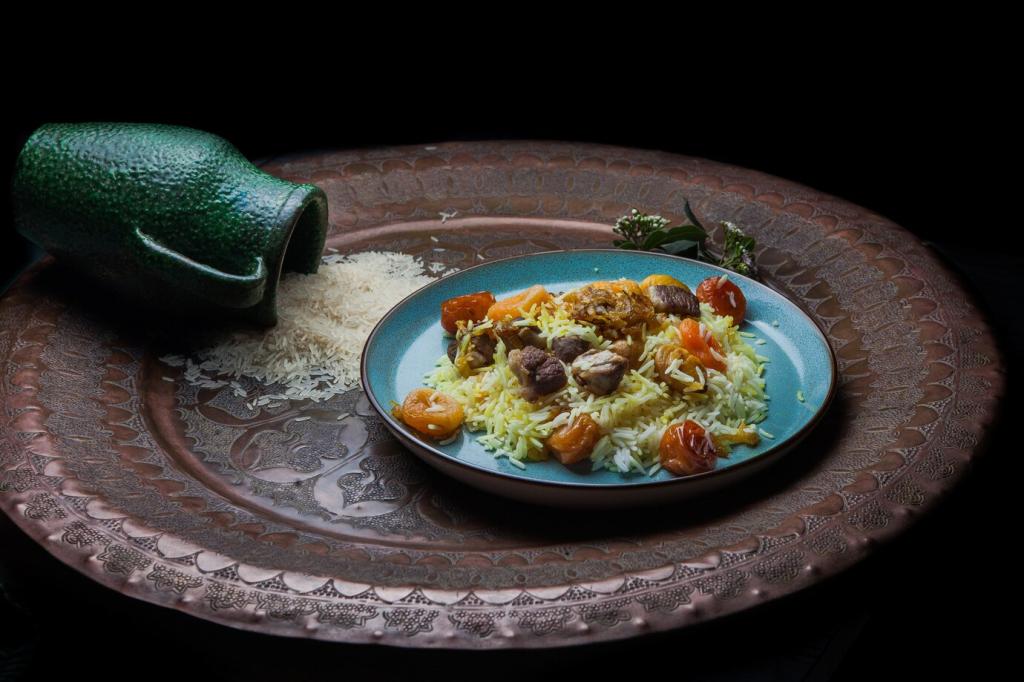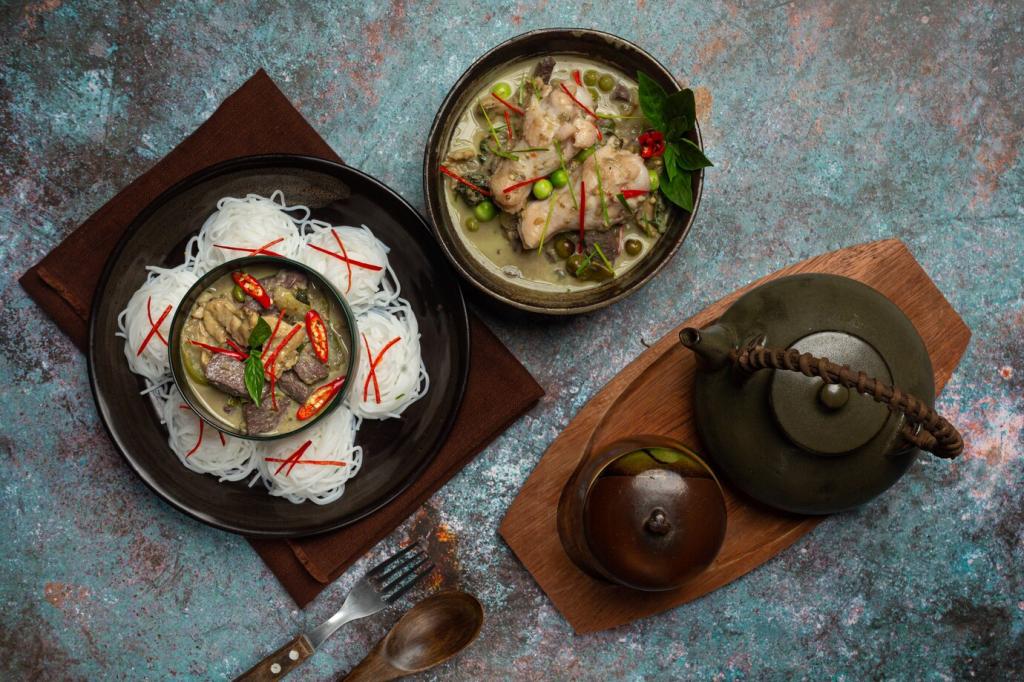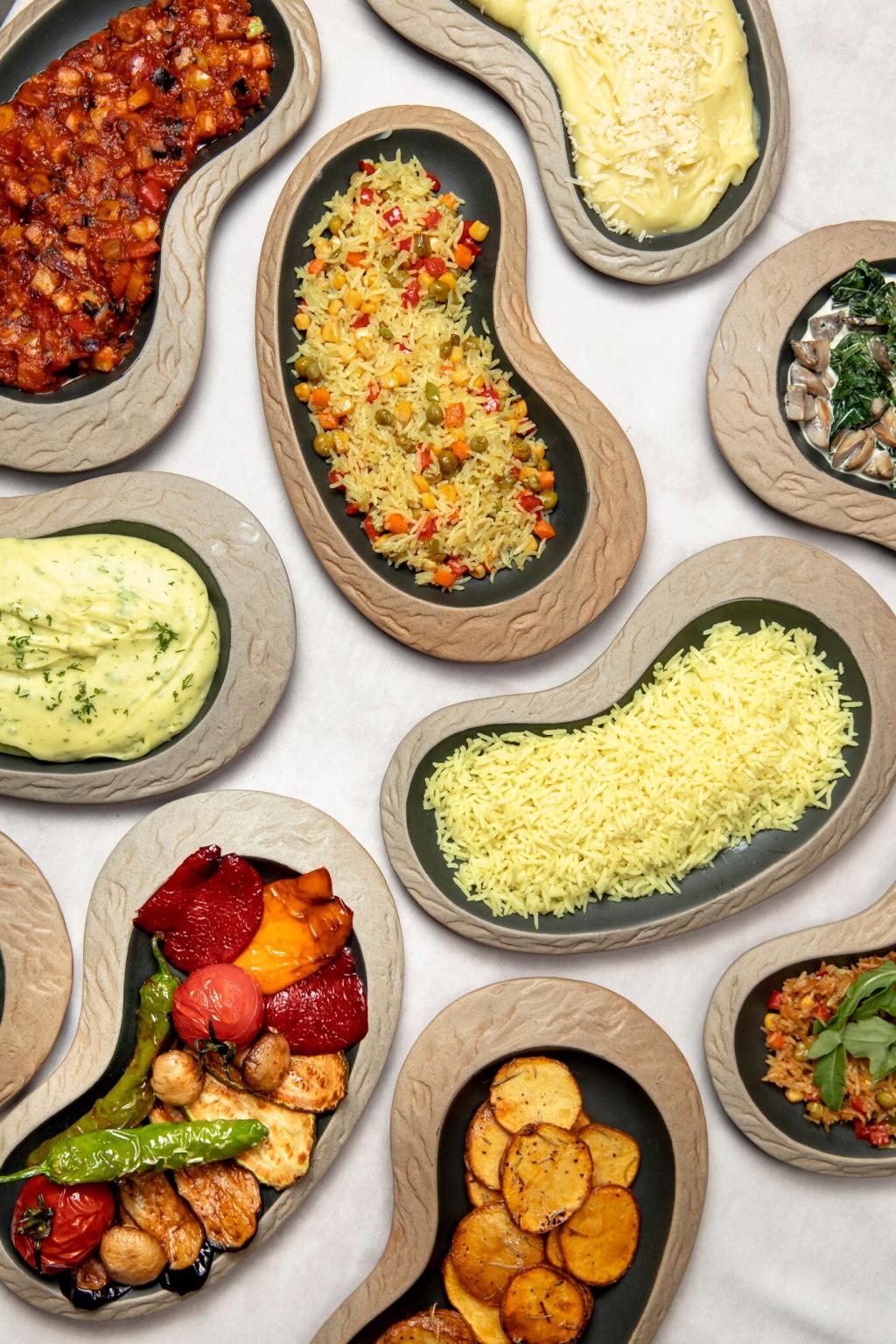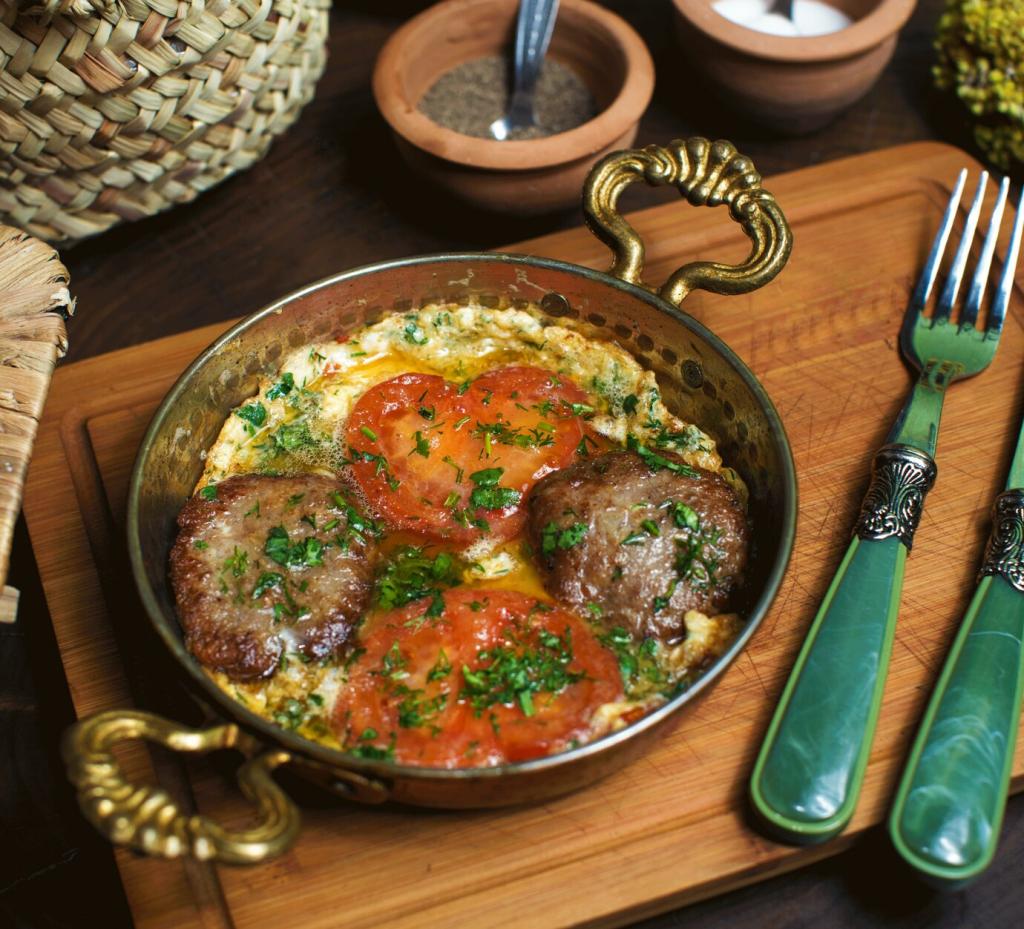Balance and Heat
Bloom berbere thoroughly to tame harsh edges, adding depth rather than raw heat. For color without more spice, use mild paprika. Heat seekers can sprinkle mitmita at the table for a clean, swift kick. What’s your go-to heat strategy?
Balance and Heat
Tomatoes lend subtle acidity; well-cooked onions add sweetness. Finish with salt in stages, tasting after each addition. If your tomatoes are very tart, a pinch of sugar can round things out. Share how you balance brightness without dulling those beautiful spices.




